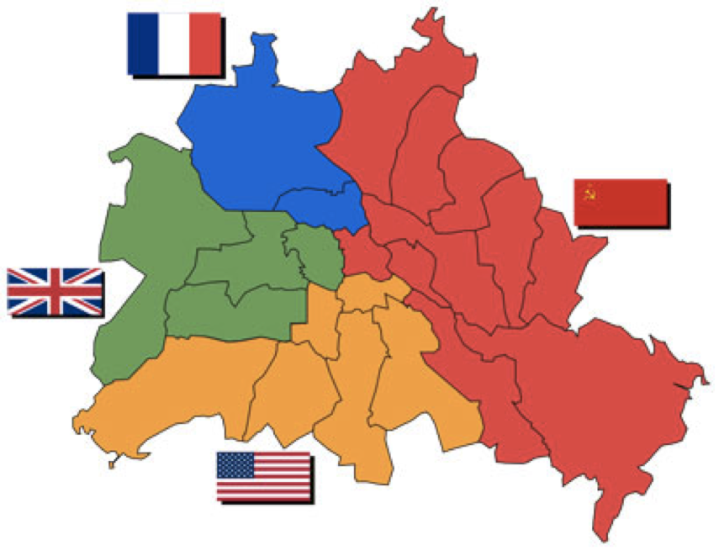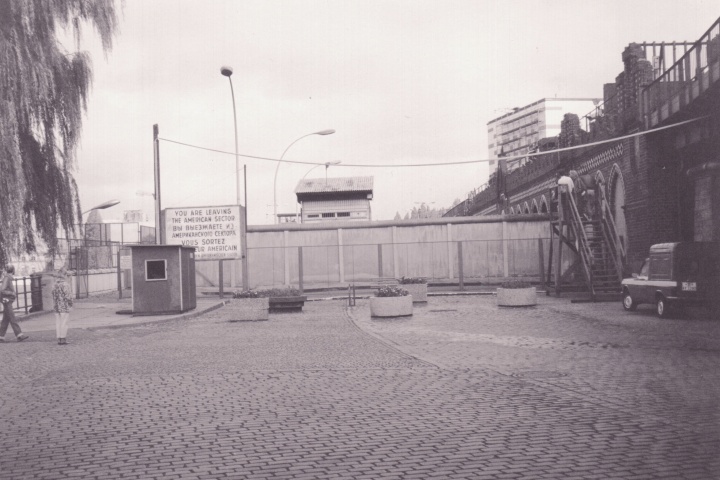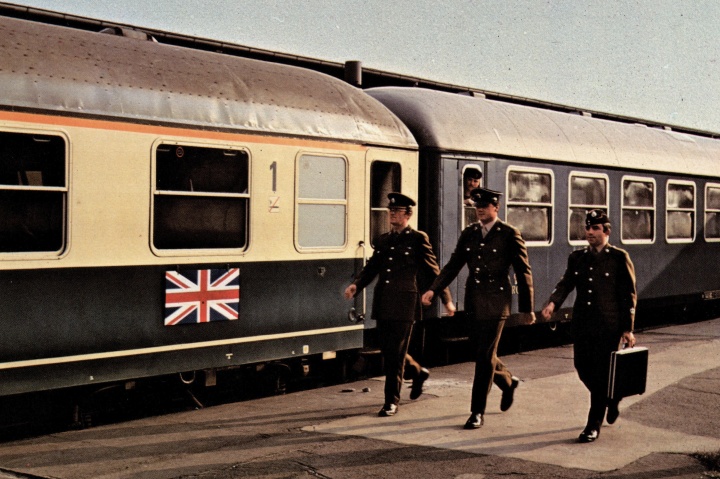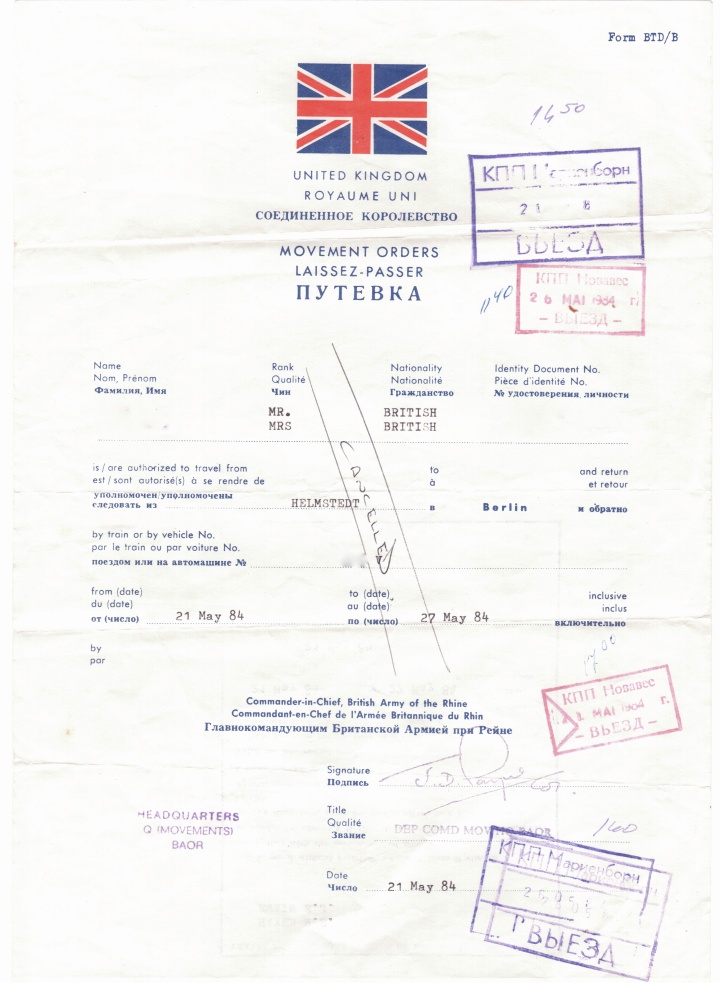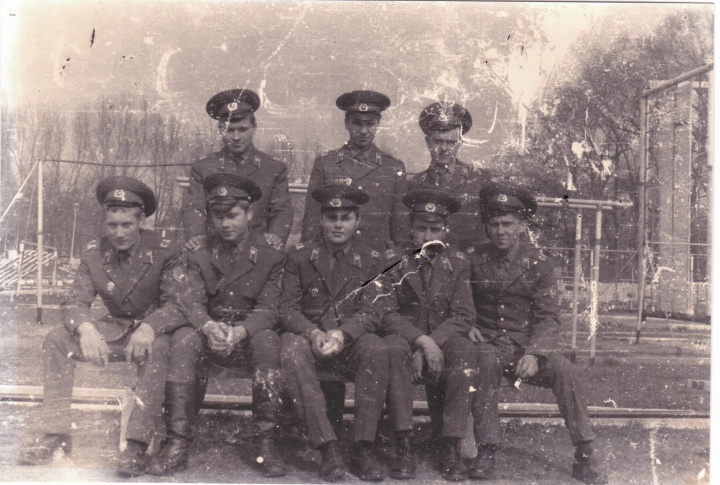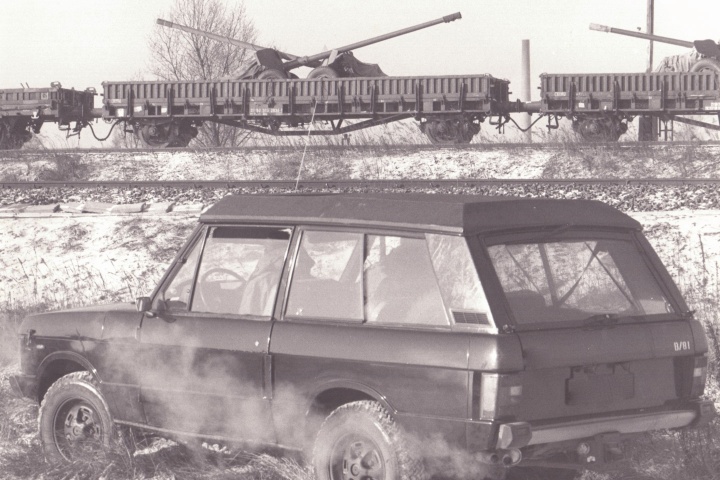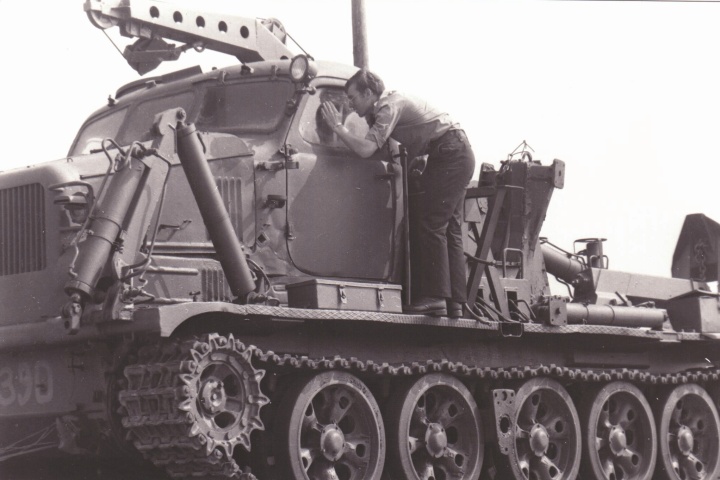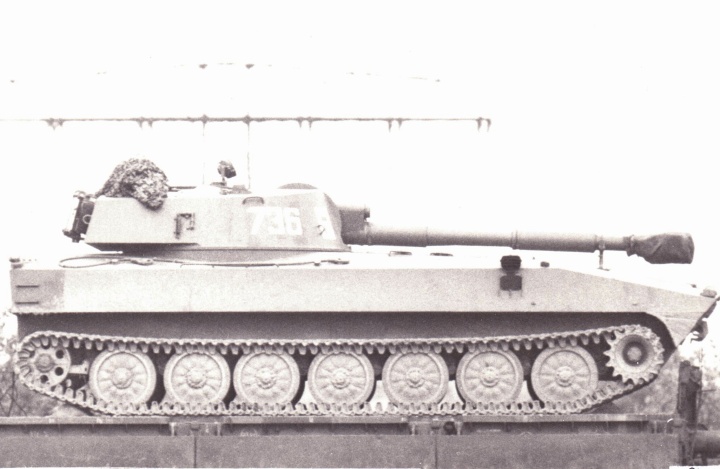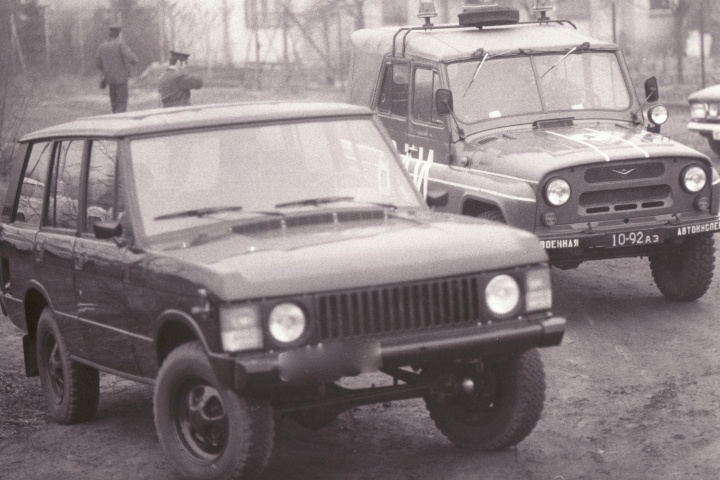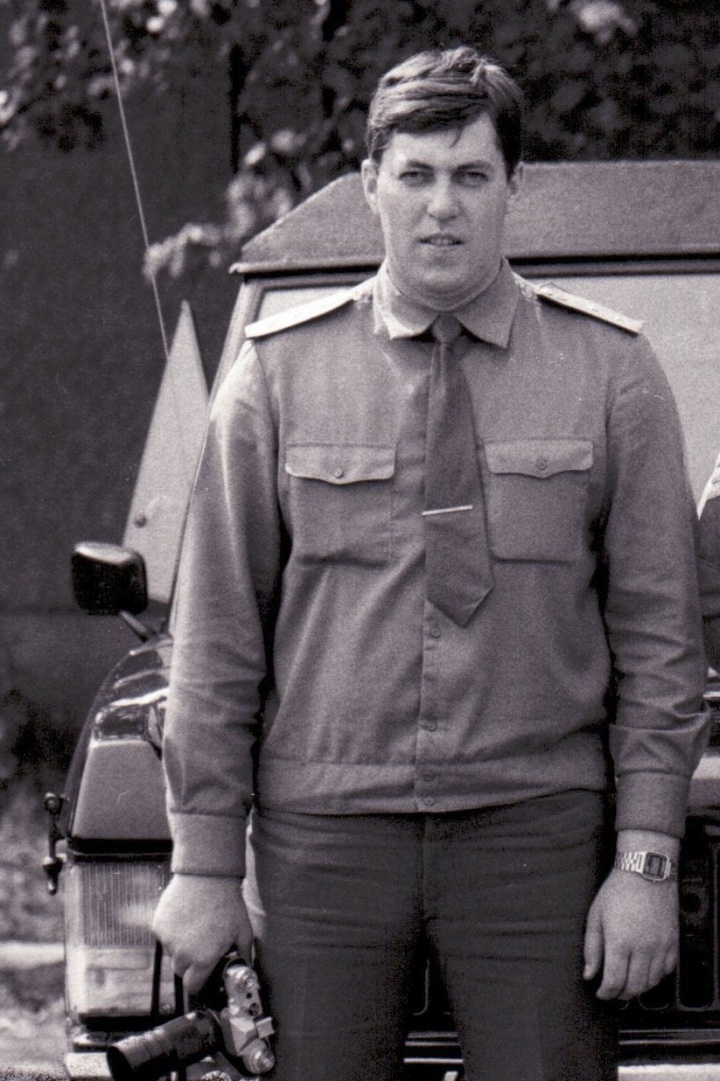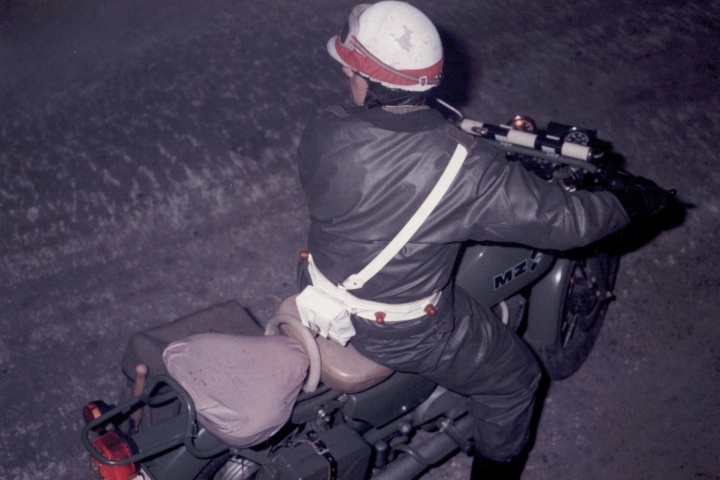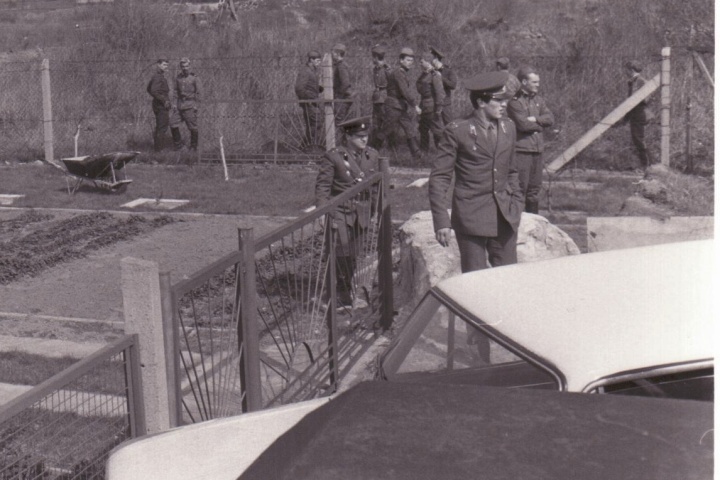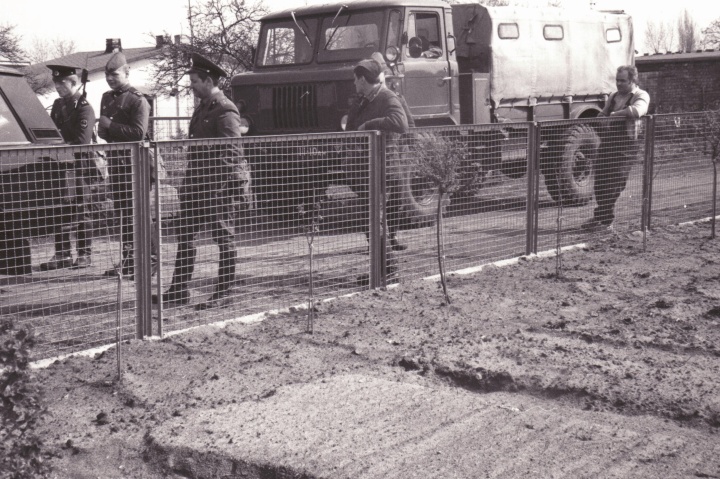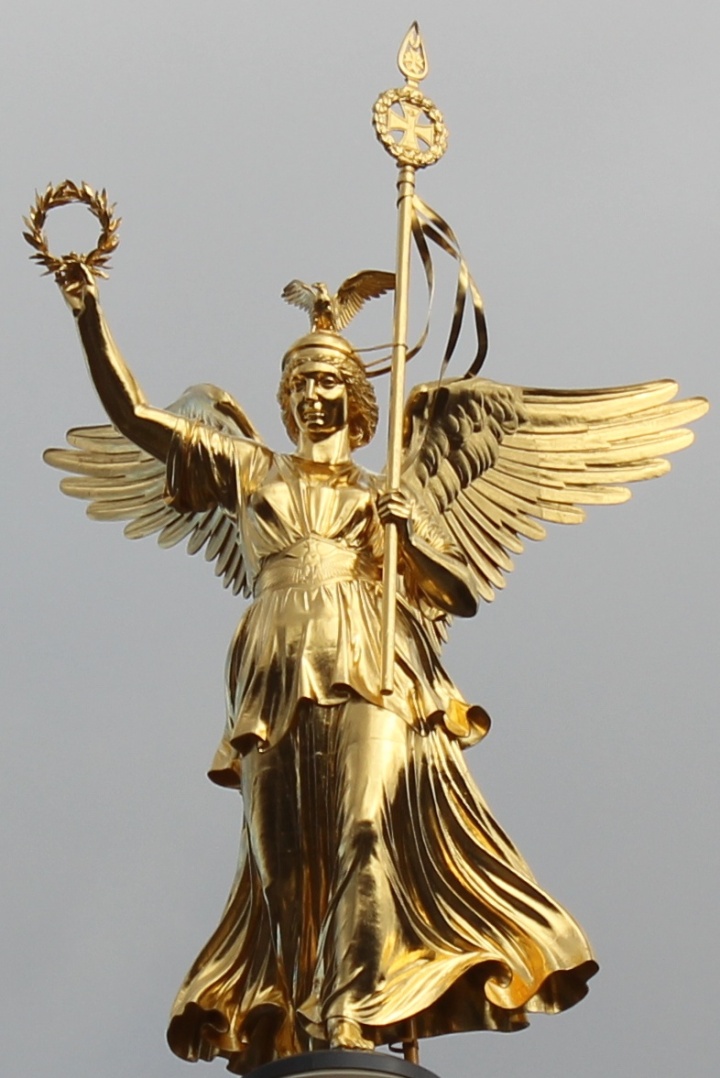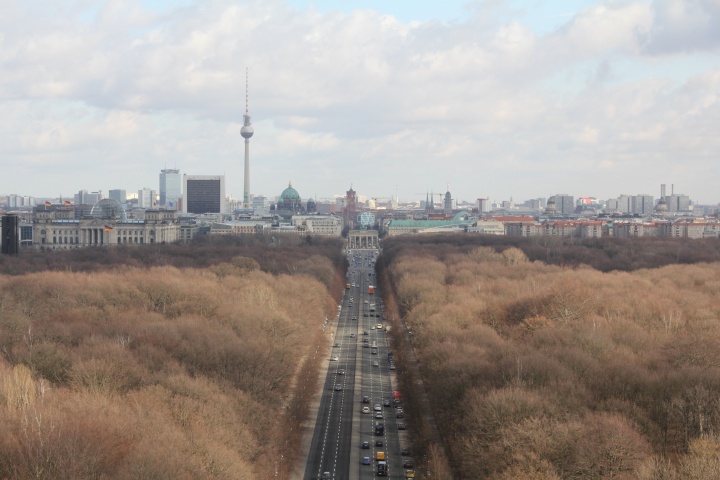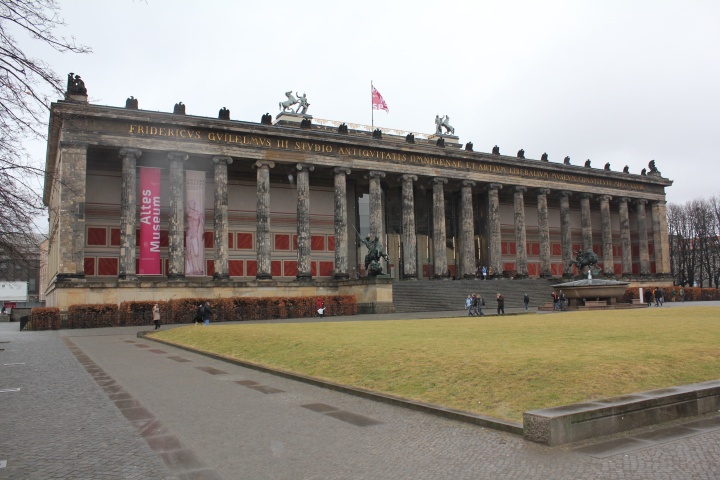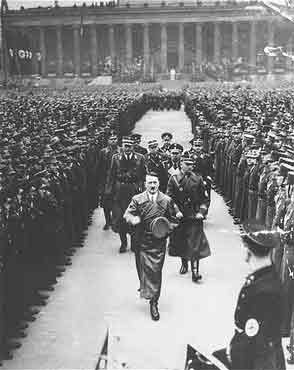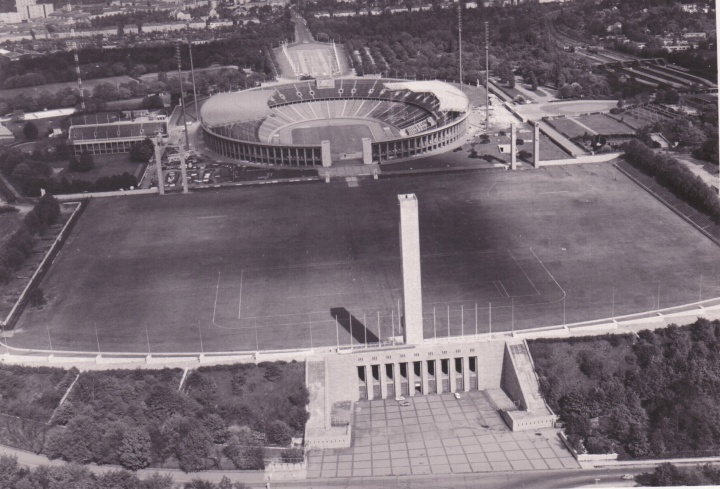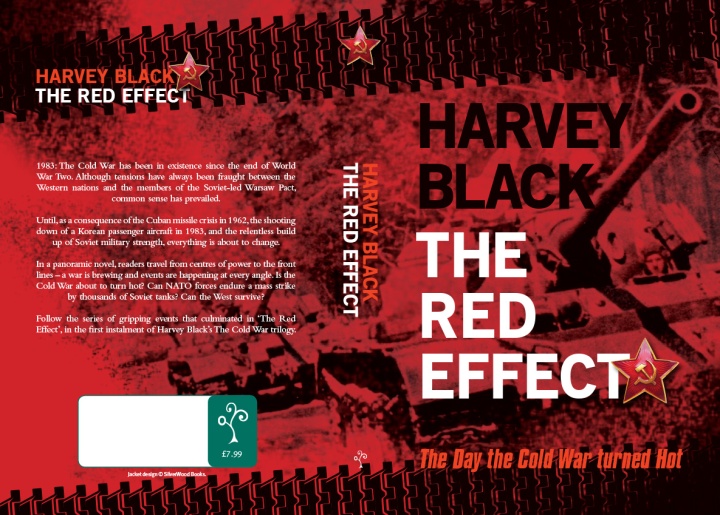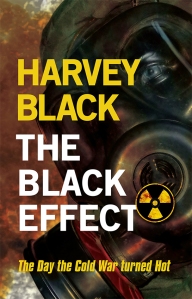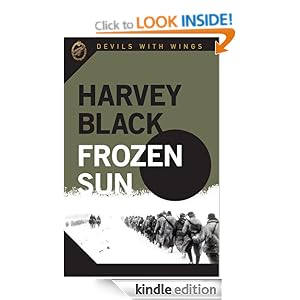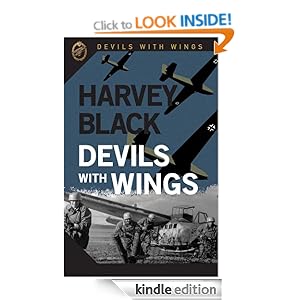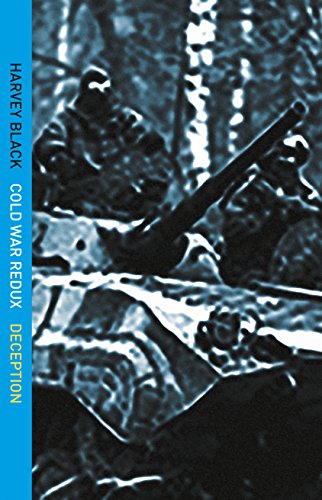Berlin, the Cold War Years – Part 3. A Hot War in Reality
At the end of World War 2, what remained of pre-war Germany was divided into four sectors of occupation. Each of the Allied powers; the United Kingdom, United States, France and Russia, controlled one of them.
The capital of Germany, Berlin, was also divided into four sectors. The consequence being, that the three Western Allied powers now controlled territory deep within the Soviet Union Sector of Germany.
Over time, the tensions between the four Allied powers increased, eventually resulting in the Berlin blockade in 1948, when the Soviets attempted to starve West Berlin into submission and force the other three Allied powers out. This failed and the Soviets eventually relented, but an ever-increasing number of East Germans fled to the West; between 150,000 and 300,000 a year during 1951-1953. As a consequence restrictions were placed on movement between the divided country. In 1961, the border was closed and Berlin completely encircled, first by barbed wire, then bricks and finally a concrete wall, along with the infamous ‘death strip’.
Access was now restricted between Berlin and the West. A wall, 124 mile miles in length, was placed around the three sectors of West Berlin, cutting off the city from the rest of the world..
Remnants of the infamous Berlin Wall – February 2012
A checkpoint used by the West Berlin population to cross into East Berlin – 1982
Passage was severely restricted. The British, US and French Governments refused to recognise the East German Democratic Republic, GDR, as a consequence all our dealings were with our ally, the Soviet Union. One of the three routes out of Berlin by train, was from Charlottenburg station in West Berlin to Braunschweig in West Germany. It ran every day, except for Christmas Day. Below you can see the procedure that we had to go through, presenting our documents to the Russian authorities going out and on our return.
Berlin Military Train – 1982
There were also three Autobahn routes, one for each of the western allies. Ours ran from Berlin to Helmstedt in West Germany. At each end, one of the car’s occupants would have to hand over their documents, including the one below, through a small hatch where it was inspected (You were photographed , but never saw the occupants). You then had to march to an armed Soviet sentry, salute, wait while he checked your documents, salute again and return to your car. The document had to match your credentials perfectly. They would check your identification letter by letter, and if there was an error, you would not be allowed to pass.
The documentation had to be exact – May 1984
The Soviet Army had a significant presence in East Berlin. The troops below, were returning to Karlshorst Camp, in East Berlin, after completing an exercise.
Soviet Motor Rifle Infantry – East Berlin 1983
Taken from a film found on one of our rummaging exploits – 1983
As I previously stated in Parts 1 & 2, I had an Intelligence gathering role while serving in Berlin. We were in a ‘Cold War’ and it was imperative that we tracked the movement of Soviet and GDR forces at that time. The rail ring-road that circuited Berlin was a major rail junction and we kept a close watch on all movement.
Below we had spotted a military train, usually pulled by a black steam locomotive, and wanted to know its destination. Only one way to find out.
T-12, Anti-Tank Guns – East Berlin – 1984
Let’s see where they’re going, and hope to god the transport police weren’t close by. They had very big, vicious, Alsatian guard dogs and boy they could run fast. Although the Soviets were very secretive about the movement of equipment, the East German railways, Deutches Reichsbahn, were very efficient and always had a note showing the destination attached to the flat-car. Very convenient.
T-12, Anti-Tank Guns – East Berlin – 1984
Bat-M, Soviet Military Engineer Tractor . Great for digging trenches for the Soviet Infantry- East Berlin – 1984
Soviet 2S1, 122mm self propelled artillery on the East Berlin rail ring – 1983
Troops on the move on the East Berlin rail-ring -1984
The Soviets, like the GDR, also liked to make life difficult for us. On one occasion we managed to get away from an aggressive ‘Box In’, by literally driving on top of a refuse tip and effectively surfing down the other side.
This time boxed in by Soviet Military Police as well as the GDR VOPO – East Berlin 1985.
.
But, I did have one Soviet friend… GRU, KGB, Spetsnaz…..? His recruitment attempts were far from subtle. 🙂
Once, we chased a train at night, down narrow lanes, wanting to see the load and where it was going. Doing over a hundred kilometres an hour, no lights, the driver missed the turning and went straight over a T-junction with a drop on the other side. Pushed the bonnet of the Range Rover right back as we hit the ground below. All shaken but alive, we had to be lifted and towed back.
The Soviet Military Police were never far away. 1985
Getting caught came with consequences. It happened very quickly. A white car skidded across the back of our vehicle blocking our escape. The intention was to reverse into it and push it through the fence, but the Soviets were on us too fast. We couldn’t call for assistance, so my partner did a runner, as we agreed, to call for assistance and guide our backup into the maze of streets we were in. No mobile phones in those days. In the meantime they had got into the Range Rover, dragged me out and basically went to town on me, the rest is history. It created a political issue, understandably, and elements of the Soviet regime were banned from the Queens Birthday Parade that year. I had myriad of bruises and a lovely black eye. 🙂 For me, the scariest bit was the unknown. The fear that I would be spirited away, but fortunately our back up was close by. That was unusual, as we generally operated as a single unit. Someone was watching over me that day.
Soviets dispersing after their attack on me. The white car that pulled across to block us off, giving them access to my car, was probably MFS.
The nearest soldier is a Lieutenant
This officer is a Senior Lieutenant from the local Tank Regiment.
.
My backup was also boxed in.
Once assistance had arrived, my partner had escaped and called for backup, they boxed that vehicle in with a Gaz 66. The closest soldier is a Warrant Officer and you can see that they had bayonets fixed to their rifles. Magazines were also attached to their AK 47’s. Soviet senior officers eventually arrived, along with officers from the British Military Government and an Interpreter. We were eventually released and I was taken to the BMH for treatment.
During my recent visit I also climbed to the top of the Berlin Victory Column, designed by a Heinrich Strack after 1864, to commemorate the Prussian victory in the Danish-Prussian War.
The Berlin Victory Column, inaugurated in September 1873 – Berlin February 2012
.
The Berlin Victory Column, inaugurated in September 1873 – Berlin February 2012
.
The view towards East Berlin from the Victory Column – February 2012
.
Altes Museum, on Berlin’s ‘Museum Island.’ – February 2012
.
Having an interest in military history, particularly WW2, this was one place i wanted to visit. The above museum was often used by Hitler for some of his public parades and speeches. See below.
Adolf Hitler leaving the Altes Museum after giving one of his infamous speeches.
.
Enough for now I think, although there will be a Part 4. Part 4 will definitely be the last and I will have new topics, so don’t go away! Seeing as we in an Olympic year in the UK not so long ago, I thought I would share a picture of the Olympic Stadium, Berlin. The British Military Government was situated not very far away, as was the British Military Hospital that was used to treat Hess when he became ill. I lived opposite the entrance to the Hospital.
Olympic Stadium, made famous by Jesse Owen – East Berlin 1984
.
Some of these photographs were taken from a helicopter. Helicopters were not part of the original agreement between the four powers, so although they could fly within West Berlin airspace, they had to be shipped through the GDR on low loaders…..
.
My intention is not to portray a particular message, but just share some of my photographs and experiences with you.
Photographs are copyrighted to Harvey Black

